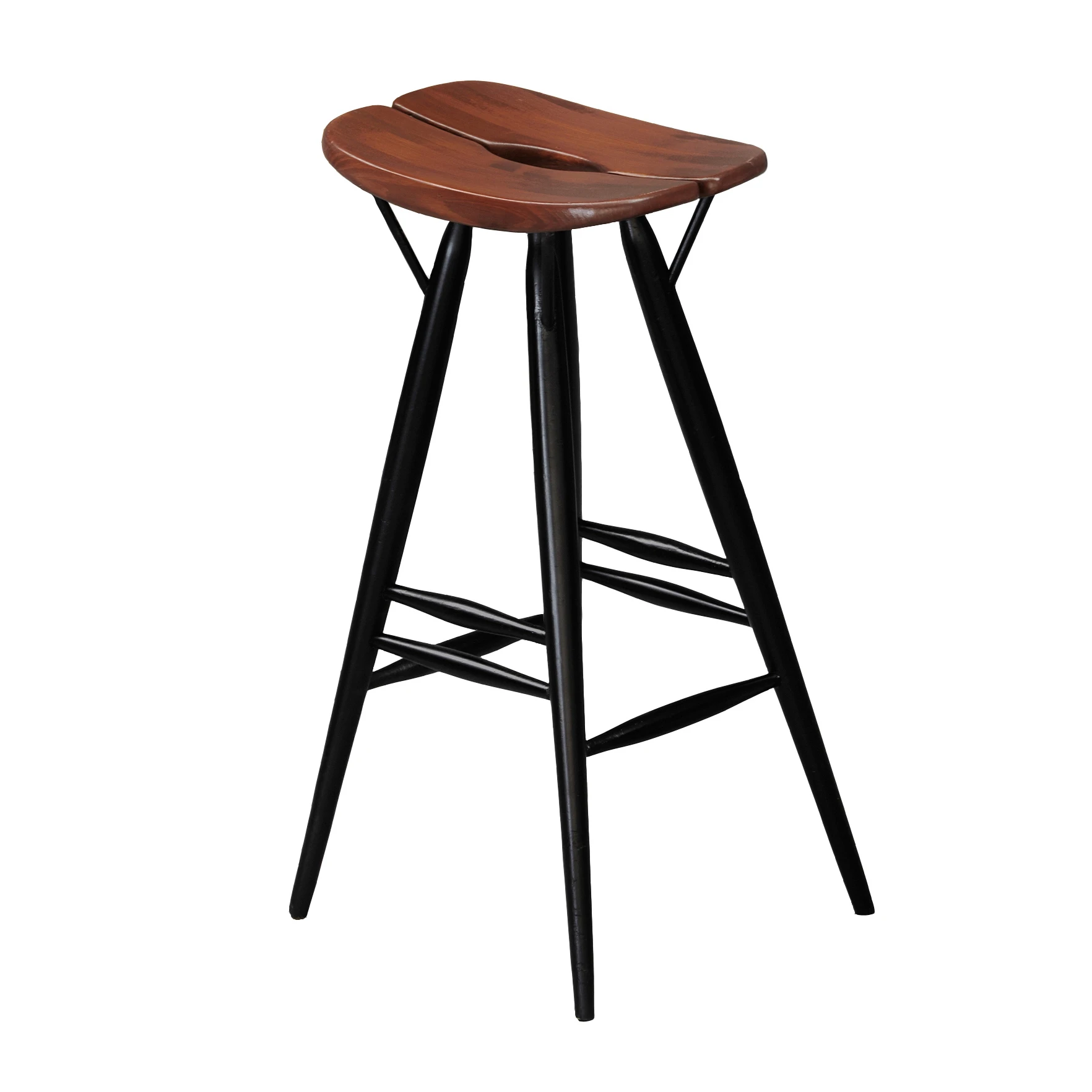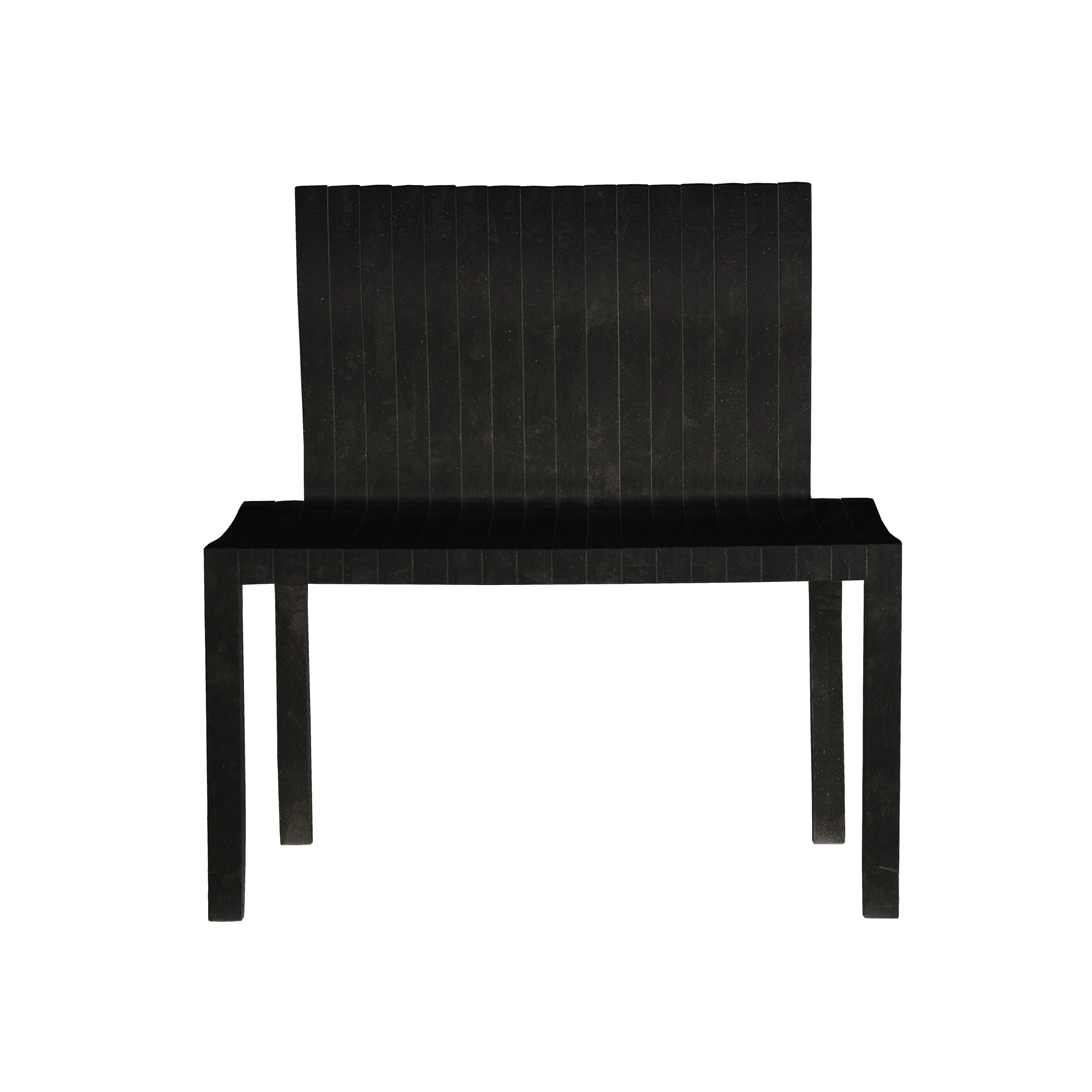Produits par Artek
Voir tous les produitsCollections
Voir toutes les collectionsCatalogues
Voir tous les catalogues
Art And Technology Forever
en • de • 2017
En savoir plus sur Artek
Voir toutes les histoiresMarques similaires à Artek
Tout voirOù trouver Artek
À propos de Artek
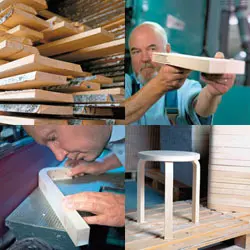
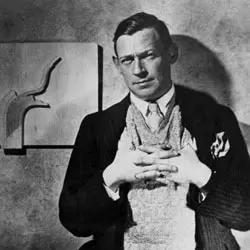
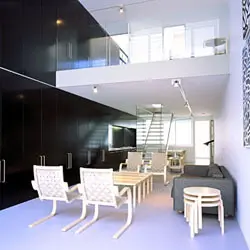
Artek- art and technology
Artek is renowned as one of the most innovative contributions to modern design.
Long-term durability and high quality combined with a clean-lined form language are the essential elements in the creation of every single product that bears the Artek name. Artek's comprehensive furnishing system can be used in all kinds of situations from public spaces to offices, museums to schools, hotels to homes.
Artek history
Artek was founded in 1935 by four young Finns led by the visionary modern architect Alvar Aalto.
Alvar Aalto began designing furnishings as a natural and important extension of his architectural thinking. His first modern furniture was created in 1931-32 for the tuberculosis sanatorium in Paimio, which proved to be his international breakthrough. Artek was set up in 1935 to market Aalto's furniture, lamps and textiles, particularly on international markets where Artek focused its operations from the initial stages.
Core values
Human modernism
Artek's design philosophy brings a human perspective to modernism. By blending functionalism with form and sculptural simplicity with the emotional warmth of wood, Artek's furniture supports and nourishes our physical and psychological wellbeing.
Innovative design
Artek's iconic status is founded on innovative design thanks to its founder, Alvar Aalto. In the 1930s Aalto invented new methods for bending and splicing wood to realise the revolutionary structural ideas and fluid organic forms of his most dynamic designs.
Quality
Artek's reputation is founded on our commitment to quality and continuity. Modern techniques combined with traditional craftsmanship ensure the quality of each piece of furniture. Tables and chairs supplied in the 1930s are still in use proving the furniture's longevity and graceful aging process. This is supported by a service policy that ensures we can provide any replacement part.
Artek and the environment
A superior standard of quality has always been part of the Artek tradition. However we depend upon the earth's resources to design and manufacture our products and therefore we have a huge responsibility to act wisely in the environmental choices we make. Artek are committed to assessing the environmental impact of our manufacturing processes and business practises.
Bent solid wood
The innovative and strong L-leg construction is based on the technique of bending solid wood, a technique innovated and refined by Alvar Aalto and Artek since the early 1930's.
Artek's L-leg is made from birch wood carefully selected and collected from the Finnish forests. Before the raw material goes into production it is left to dry with the help of sun and wind for six months in outdoor storages. After cross cutting and sawing off raw material only hi-quality flawless woods with no structural errors are selected. Wood waste is chipped and burned for heating.
The quality selected solid wood piece is sawn open at the end in the direction of the fibres. Thin preglued pieces of birch veneer are put in the grooves, enabling the wood to be bent to form a 90° angle with the help of presteaming and microwave heating.
The form pressed leg piece is placed in a microprocessor controlled drying chamber to ensure the correct final moisture degree, assuring the legs long lasting quality. The leg piece cleaned from glue and waste material is sawn off to give the leg its correct dimensions. Fine-sanding is made by hand ensuring the finest quality.
Finally the L-leg is lacquered carefully.
The beautiful and strong L-leg is ready for assembly and can easily be fastened with screws to the underside of a seat or a table top, eliminating the need for complicated joinery.
Thanks to this unique production method, the L-leg keeps its shape forever and ages gracefully, lasting from generation to generation.




